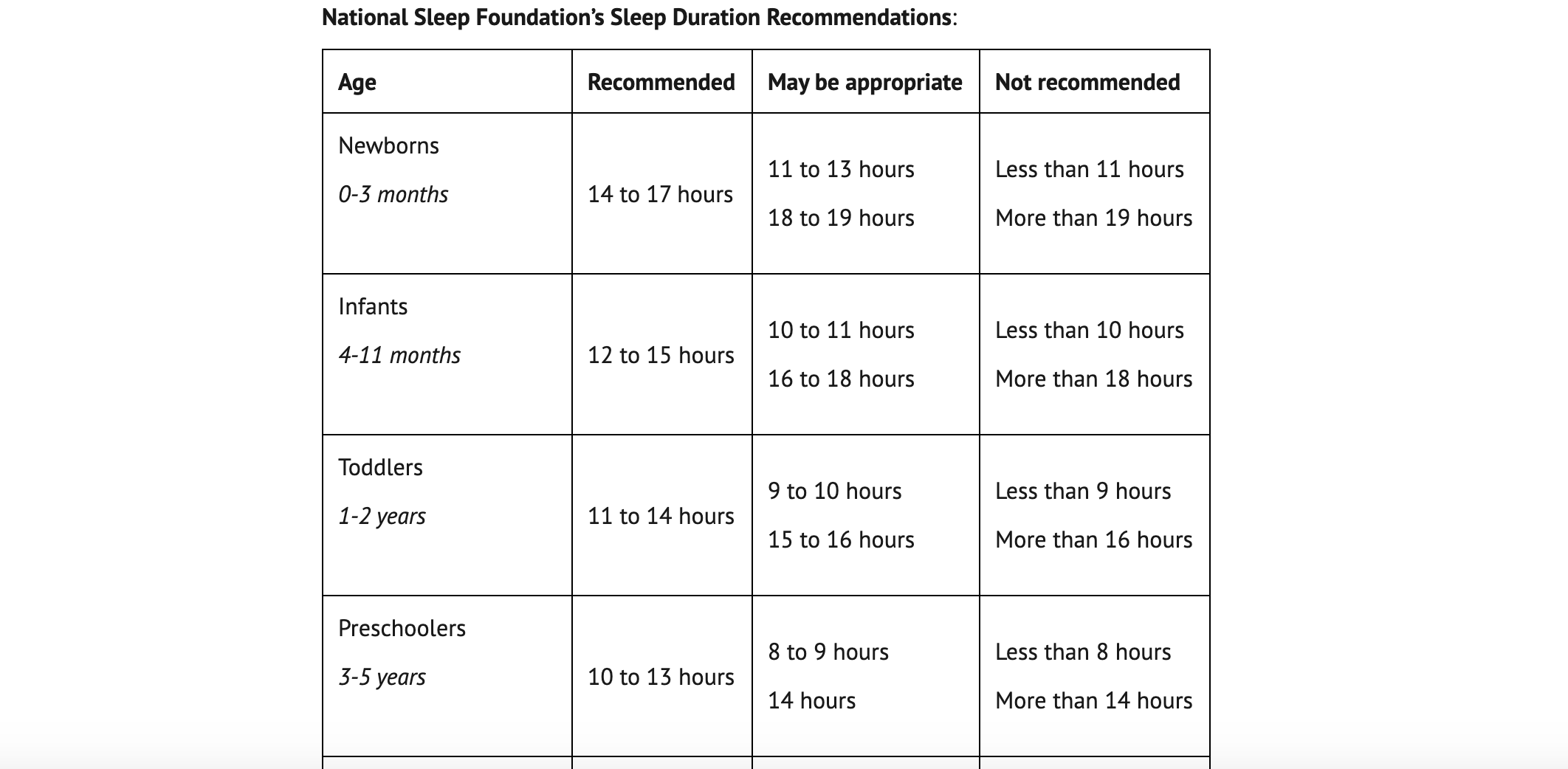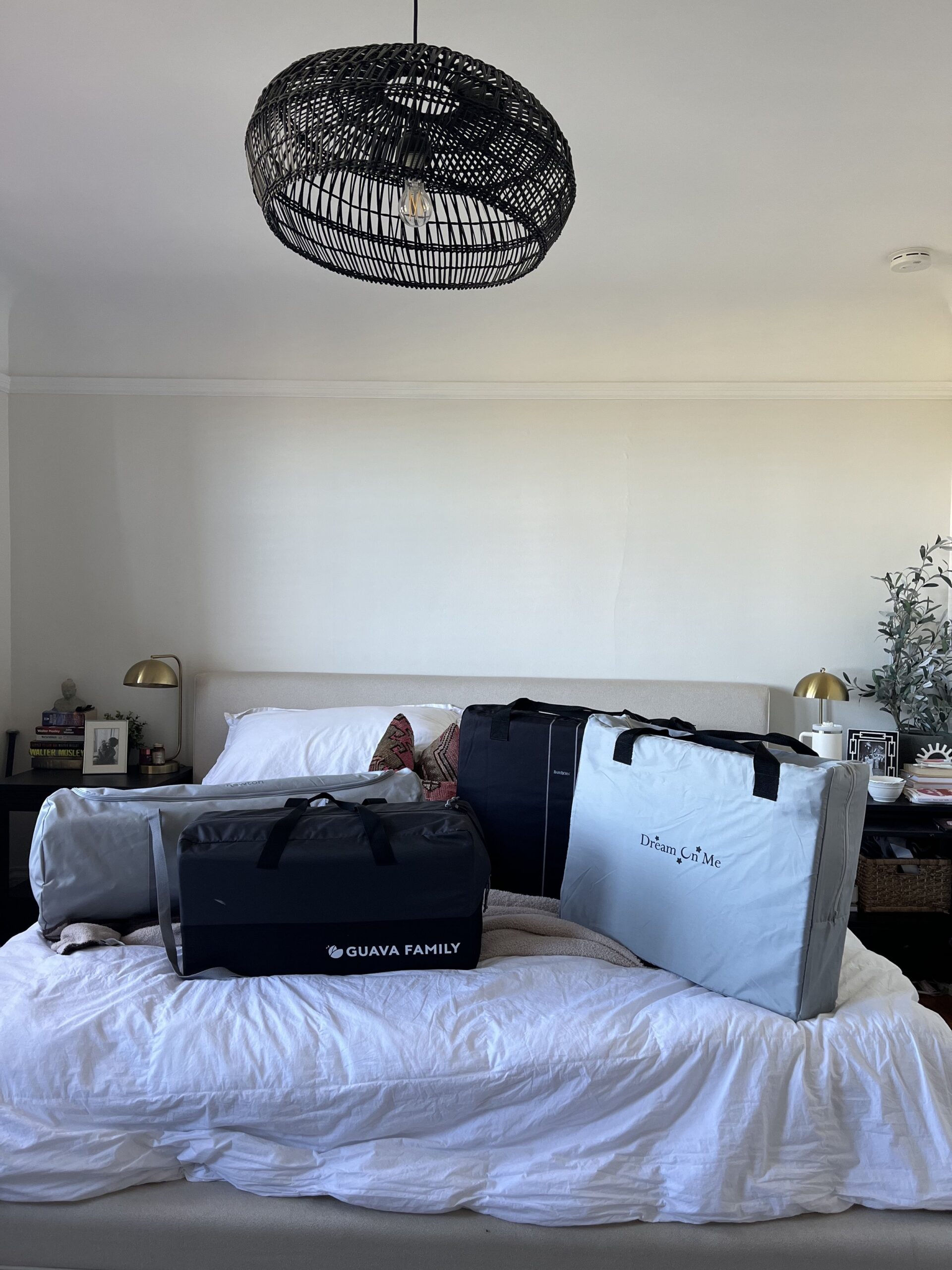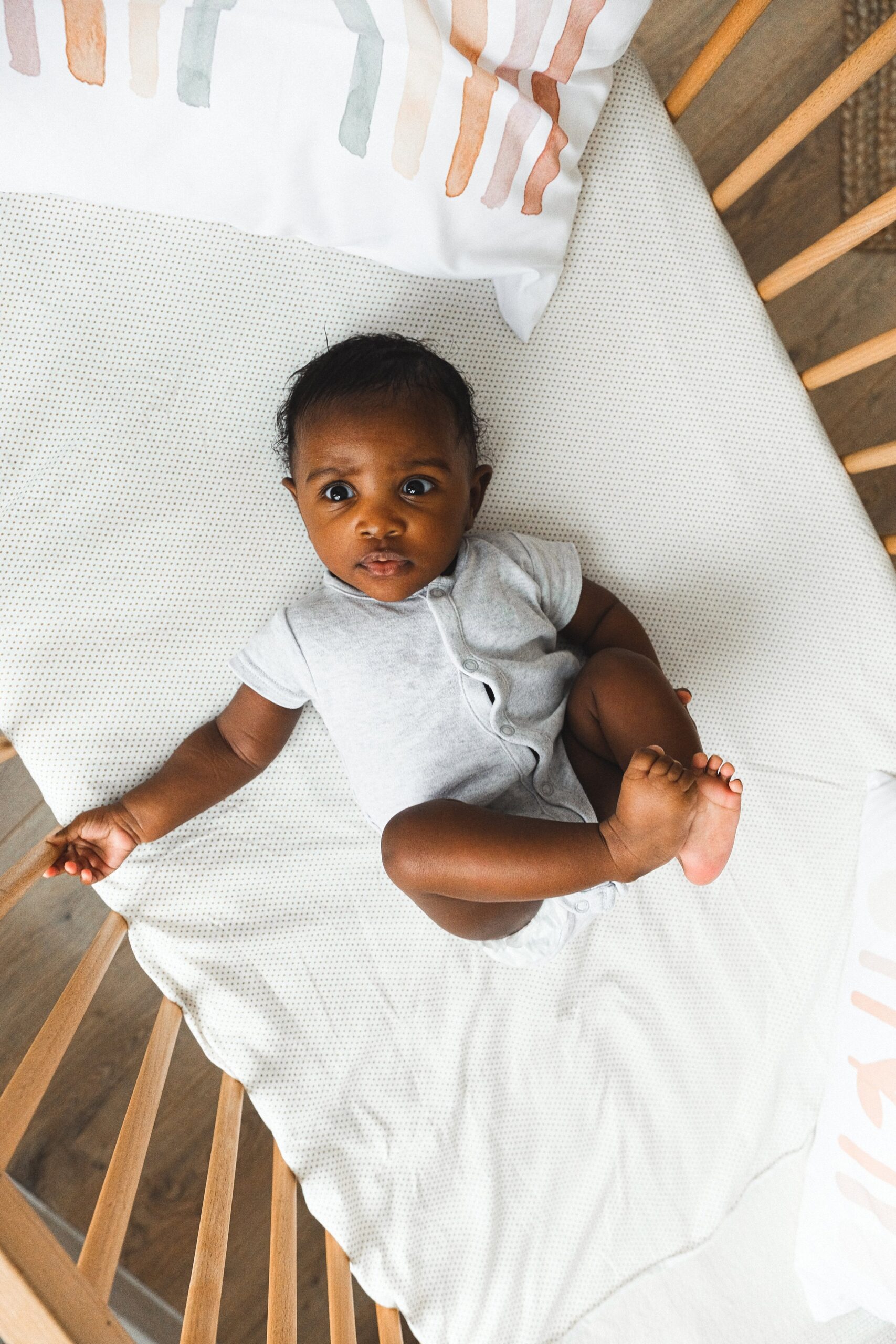I'm Rachael
Mom of 3 & Baby Sleep Expert with Big Sis Energy
& I’VE DONE ALL THE RESEARCH FOR YOU ALREADY.
Better sleep for the entire family
BROWSE COURSES
hey!
introducing “quiet time”
December 15, 2020
in this post:
What to do when your toddler or preschooler is ready to stop napping (dun dun dunnnnn!) but you’re not.
When I taught Kindergarten, we referred to the afternoon period after lunch as “rest time.” My little cutie 4 and 5-year-olds would grab a blanky and pillow plus their little bin of books and find a cozy spot. I’d turn the lights down and play soft classical music. About 99% of them fell asleep even though they SWORE they weren’t sleeping but just “resting their eyes.” Pretty hilarious and super effective- and it got me through that long afternoon because I knew they were refreshed. It also gave me a nice break to eat my lunch and search the internet (I mean lesson plan) as well. Win win!
Even though it’s been about 10 years since, I’ve always held onto this no-pressure “rest time” as an idea I wanted to start with my own kids. Through my sleep certification and work with clients I’ve gotten even more ideas about how to keep this sacred time in the middle of the day, even when a toddler or preschool-aged child isn’t actually napping anymore.
Most children will go down to one nap somewhere between 13-18 months (though this is just average). The one nap will typically consolidate, or lengthen, daytime sleep, and some parents can expect their toddler to sleep anywhere up to 2 or 3 hours, SUCH a nice break for those parents, right!? This can go on for quite some time, too. The most common age children drop their last nap is around 2.5-3.5 years old, though my Mother-in-Law tells me that my husband’s brother napped well into early elementary school! Every child is different and they all have different sleep total needs, so it’s important to follow the lead of your child vs. what you think they’re “supposed” to be doing. I know this can be really tricky with daycare and preschool situations, some allowing naps and others not at all. If you find your child still really needs their nap it’s a good idea to find a childcare situation that will honor that if possible. The following chart is taken from The National Sleep Foundation. As you can see, toddlers and preschoolers sleep total needs for each 24-hour period is highly variable.
how to tell if your child is ready to stop napping
There are a few tell-tale signs your child may be ready to stop napping:
-
Bedtime gets pushed later and later because they aren’t tired enough at the regular time, and bedtime is becoming a battle vs. an enjoyable time to connect.
-
They are very resistant to napping and/or take a long time to fall asleep, OR are falling asleep but not sleeping for as long as usual.
-
They’re often skipping the nap, and then becoming very grumpy or tired by their regular bedtime.
-
Nights are becoming worse: more fragmented sleep, more wake ups, earlier rising in the morning, etc. These things can indicate a daytime sleep imbalance (too much day sleep!).
-
Your child is somewhere between 2-4 years old. It’s much less likely they’re ready until the end of 2 but it does happen. Some will continue to nap up until 4 years old and even a bit later.
WHAT TO TRY BEFORE GIVING UP THE NAP
Before totally giving up the nap, I always recommend trying a few things first. Once you get rid of it for good, your child will adjust and it can be really hard to bring it back. So, before you ditch it, try:
-
Bringing the nap time up a bit earlier in the day, say to 11:30/12 noon, so that your child can have a longer wake window before bedtime.
-
You can do the above and/OR cap your child’s nap. Maybe they were sleeping 2+ hours before and it was making bedtime really hard. You can try offering the nap at the regular time or a bit earlier, and cap it at 90 minutes or an hour or so (the time you shave off will depend on how long they are napping currently). This allows more sleep pressure to build before bedtime and means they’re not getting so many hours of sleep in during the day time.
-
Tuning into your child to see if there is an underlying need. Are they going through a big change or working hard on a developmental milestone? Have you recently gone through a change as a family like adding a sibling or going back to work? It’s likely that your child is seeking out CONNECTION with you during this time. They might do this through some pretty annoying tactics to get our attention, but see if you can get curious about what it is they’re truly looking for. It’s very possible that this is a developmental phase that will pass, and it’s also possible that your child is asking you for something deeper by refusing the nap.
-
QUIET TIME! You can introduce “quite time” or “rest time” for a REALLY resistant toddler or preschooler. Sometimes they might actually fall asleep during this time, but it’s totally low-pressure.
how to introduce “Quiet Time” or “Rest Time” in your home
-
First and foremost is ensuring safety. Quiet time will be a bit easier if your child is still in a crib, but floor beds or toddler beds work well, too! You’ll want to be sure that the entire room is safety proofed if you won’t be staying and supervising your child. Think about bolting heavy furniture, removing cords/ wires, and think about things that they may be tempted to climb, jump off of, etc. It’s a good idea to use a video monitor if you can, especially at the beginning of this new routine.
-
Choose activities you’re comfortable with, your child will enjoy and you know can occupy them for a while. My favorites are books because they encourage a sense of calm and relaxation. Your child also might enjoy a basket of stuffies or dolls for pretending, or a quiet activity like coloring, puzzles, or toy cars (nothing too flashy or that lights up or makes noise). When you’re first starting, novelty can help get “buy in” from your child. So maybe as a little incentive for “graduating” from naps and starting quiet time, you get them a few new books or a new puzzle or stuffed animal. While novelty at the beginning can help, anything too exciting will do the opposite of what you want, and will make your child too excited to rest.
-
Go through your nap time routine the way you normally would and around the same time. This might mean a diaper change or trip to the potty, a cuddle or a special song, etc. Keep the lighting dim but bright enough for them to see a book or whatever activity they have available. Maybe leave the curtains open but keep the lights off.
-
PREP! Set the expectation that this is a quiet time for rest, just like nap time. Talk it through with your child, let them know that you’ll be resting/ reading in your room too. You might even write a social story about how it will go (I have an IG highlight on how to make social stories in my IG profile!). It can be a good idea to start prepping them for this change a few days ahead of time. However, quiet time can often evolve out of nap time really gradually and seamlessly. Depending on how verbal your child is, you can even explain to them WHY our bodies need rest to grow and play.
-
If you’re finding your child will still sleep for a little while some or most days, you can place the basket of books/toys in their crib or bed at nap time, go through your normal nap routine (maybe even including their sleep sack), and see what they do. When they wake up or before they fall asleep they might use these items but still nap for a chunk of time as well!
-
If you’re pretty sure they won’t be sleeping at all, decide on a set amount of time, and consider a timer or OK-to-Wake Clock. Some children might need more practice with this than others especially if they aren’t in a crib and have the freedom to move around. They might try to get out of their room and come looking for you. If this is your child, try to remain calm and don’t get frustrated, and know that this can take practice like any new routine or skill. If you get angry or upset your child will resist even more, so keeping things low-pressure is key! Use a visual timer that your child can track, and start with just 5 minutes. Once they have a couple of successful 5-minute days in a row, you can add a couple of minutes at a time. Remember that your child is used to falling asleep and then seeing you pretty quickly after they wake so this is new for them to be by themselves for an extended period of time. Patience will pay off. If you decide to use a timer or clock, practice showing your child what the clock will look like when quiet time is all done (i.e. “The light will turn green and that means quiet time is all done and mommy will come get you!”)
-
Move bedtime up. If your child isn’t napping at all or they’re only napping for 20 or 30 minutes, they’ll likely be very tired by their normal bedtime. It’s ok to make bedtime earlier! You might need to move it up anywhere from 15-60 minutes (or more) depending on your child, and you’ll likely tweak this a bit as they adjust to not napping. It’s normal for toddlers and young children to have days where they will fall asleep (especially if in the car or stroller) during this transition, and it’s normal for them to be extra grumpy in late afternoon for a while. It’s also to be expected that as you shift day sleep, night sleep is also affected. This will usually be a positive shift because the night sleep will become more consolidated with day sleep being shaved off their 24-hour total, but overtiredness can also lead to night wakings, earlier mornings, etc. Be prepared to see these shifts and know that you might have to play around with your schedule for a bit until you find a sweet spot.
Try it! Remember that this is quite a shift, and it can take a little time for new routines to settle in with our little ones. Be patient with them and yourself, and enjoy your quiet break!
Featured
Choosing the right time to leave your baby is a super personal choice. Some babies and moms feel comfortable at a much earlier stage than others and finding the right time for you is important. These are my tips for prepping to leave your baby overnight.
Travel crib and play yards can provide a safe and comfy space for your little one to hang out or sleep. But which travel crib is best? In this blog post, Rachael reviews 6 different popular play yards and compares each one based on different criteria…
binge reads
We think you'll love these
You deserve to the
baby stage, not just "survive it."
And you DON'T have to sacrifice your values, ignore your instincts, or force yourself to follow a method you don't align with just to get your baby back to sleep.
I’m here to help you create a restful, sustainable sleep environment that honors both your baby’s needs AND your own (without the stress OR the guilt!) because, no, you don’t have to choose between the two.
enjoy!
BABY SLEEP COURSES →
BABY SLEEP CONSULTS →
Wish you could help your baby sleep better without resorting to sleep training? Download my FREE guide to a good night’s sleep and learn 8 simple, science-backed tips for supporting your child’s needs.
Traditional sleep training methods don’t have to be your solution to better sleep.
SLEEP TRAINING ISN’T THE ONLY WAY TO GET GOOD SLEEP
Hey, I'm Rachael and Hey, Sleepy Baby is for parents who want to get their nights back, without sleep training their babies.
NO ONE TOLD US POD
explorING the untold truths of parenting






